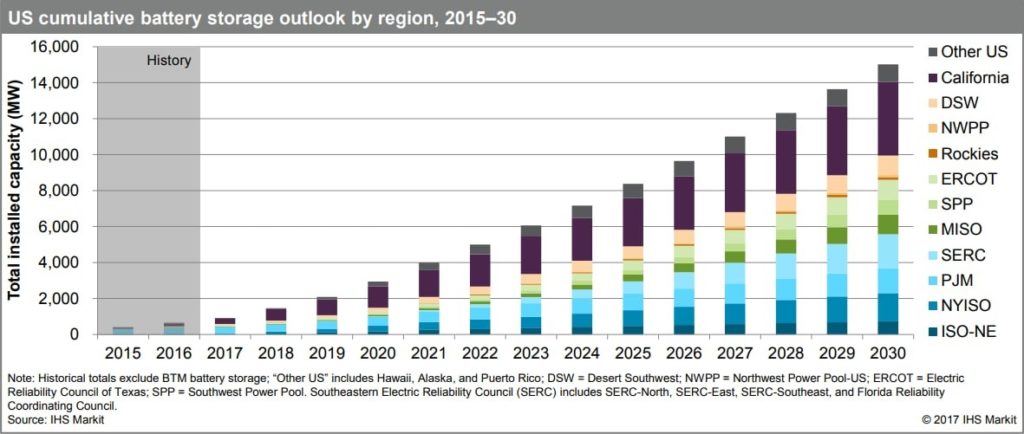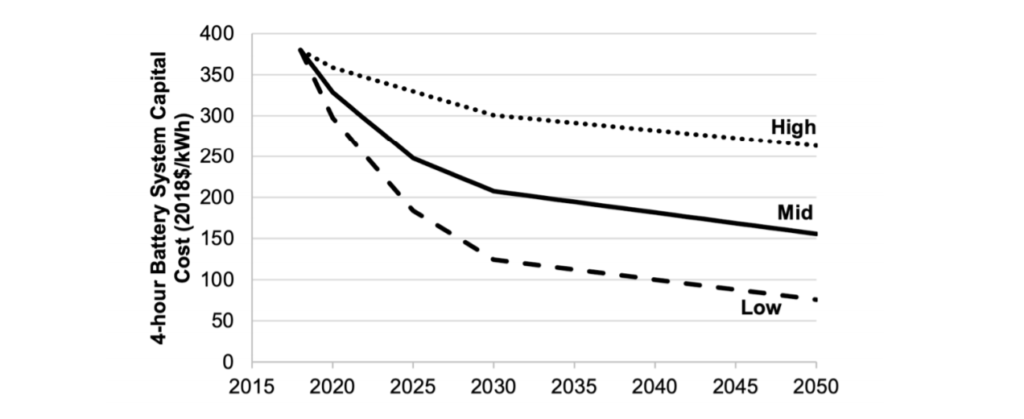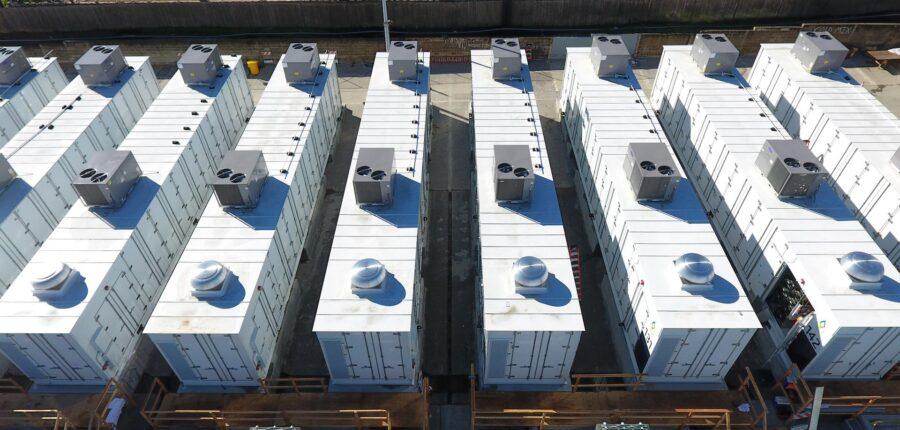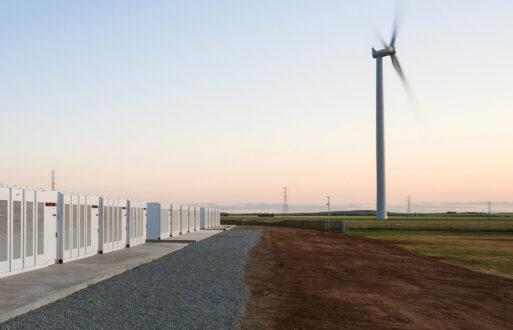CAISO President & CEO Elliot Mainzer said, “California’s drive for decarbonization has placed the ISO on the leading edge of the energy storage revolution.”
The ISO is projecting a four-fold increase in battery storage on its system from late last year to this summer. At the end of 2020, the ISO had about 250 megawatts (MW) of storage resources — primarily 4-hour batteries — connected to the grid. It currently has about 500 MW on its system and expects to have 2,000 MW by August 1. This tremendous expansion is projected to continue in the years ahead.

The main factor driving the surge in growth is that battery system costs have decreased dramatically and are projected to continue decreasing.

Source: Duke University – Nicholas School of the Environment
In the second part of our three-part series on energy storage integration in the wholesale markets, PCI will look at some of the high-level CAISO energy storage model characteristics.
Each ISO has proposed somewhat different tariff and market rule approaches to address the requirements of FERC Order 841. This blog post will try to focus on the nuances of CAISO’s integration efforts.
CAISO Energy Storage Participation Models
CAISO has three participation models that provide opportunities to participate in the wholesale ancillary services and energy markets.
- Pump Storage – Resources act as a load while using energy to pump water to higher-elevation reservoirs and then act like generators
- Non-Generator Resource (NGR) – Can serve as both generation and load and can be dispatched to any operational level within their entire capacity range.
- Proxy Demand Resource / Load Shift Resource – Allows storage resources to bid decreases and increases in load. It requires two separate resource IDs for load curtailment, which can bid from the net benefits test threshold price up to the bid cap and load consumption from less than $0 to the bid floor.
Participation in ISO/RTO Markets
- Capacity: 4-hour resource adequacy minimum run-time
- Ancillary Service (AS): Regulation service (only grid-scale, non-hydropower storage)
- Energy: Buy and sell into the market at wholesale locational marginal price
Bidding Parameters
- Resources include capacity max and ramp times for the CAISO to optimize; or,
- CAISO also allows self-management for the state of charge
Energy Transactions
- Energy sales and purchases priced at LMP
- No transmission charges
FERC Order 841 Requested Adjustments
In November 2019, FERC responded to CAISO’s compliance filing for FERC Order 841. FERC generally accepted the filing but took exception to specific proposed provisions.
As noted below, in response to FERC’s directives, the CAISO replied with a further compliance filing to address three (3) issues.
1. Reflecting storage resources’ physical and operational characteristics in the CAISO tariff
2. Lowering the minimum capacity requirements for storage resources to provide ancillary services from 500kW to 100 kW
3. Ensuring that the CAISO’s metering practices allow for storage resources to participate in the retail and wholesale markets
- Because of the complexity of the metering and accounting standards that would have to be implemented, FERC rejected suggestions that storage should choose between wholesale and retail markets in Order No. 841. Instead, FERC determined that storage resources supplying retail services may technically deliver wholesale services and that excluding those resources from participation would negatively impact competition.
- To avoid duplicate billing where a UDC or retail utility is unable or unwilling to separate wholesale and retail charges, CAISO will exempt a storage resource from wholesale charges for negative energy used for charging.
- As Order No. 841 compliance develops more complexities, it will be interesting to see how FERC ensures that ISOs and regional transmission organizations stick to its original mandate that behind-the-meter storage can operate in wholesale and retail markets, creating a jurisdictional split between federal and state oversight.
Future Enhancements
Because energy storage resources differ from traditional energy generation or load resources, new market rules and changes to the ISO’s existing energy storage optimization models will be required to integrate these resources into the market thoroughly, leverage their flexibility to maintain grid reliability and maximize their use and effectiveness.
In April 2021, CAISO released an issue paper on potential energy storage enhancements, highlighting present challenges and soliciting feedback on new market mechanisms to completely integrate storage and maximize its use on California’s power system.
The issue paper essentially initiated the Energy Storage Enhancements (ESE) stakeholder initiative process. It will solicit comments on market redesigns and their consequences from all industry sectors, notably the storage resource community.
I highly encourage all energy storage resource stakeholders to take the time to review the many pros, cons, and challenges of all issues raised so far. After reading the paper twice, I walked away from my desk with three clear impressions:
- Storage will be a required technology type in the future to meet peak net loads, CAISO will rely on storage for multiple hours during the highest net load days, and the current real-time market does not have a broad enough scope to consider the periods necessary to charge the storage resources sufficiently to ensure availability for the period they are required for use.
- Significant overhauls to market systems are incredibly complex, time-consuming, and costly. Furthermore, RTOs/ISOs need to offer the same functionality to all energy resources to avoid undue discrimination among technologies.
- Market participants must partner with strategic software solution providers who can model complex operational characteristics of energy storage resources to stack revenue streams while optimally complying with evolving market rules.
Grid-scale storage resources are being rapidly implemented on the California ISO grid to offer replacement capacity for retiring resources and integrate more renewable resources according to the state’s clean energy and climate goals.
Energy storage complements intermittent variable energy resources by absorbing excess clean, renewable energy and releasing that stored energy when needed to support and sustain grid reliability.
The CAISO energy storage market model is evolving.
PCI is engaged with CAISO through focus-group meetings as stakeholders express concern with existing market rules, optimization algorithms, and settlement processes applied to energy storage resources. PCI’s goal is to continue to provide clients with (a) consultation and guidance while CAISO evolves market rules and (b) to ensure a robust implementation of any applied changes to the PCI platform.
Learn about our Energy Storage, Optimization and Trading Software
FERC Order 841 & Energy Storage Integration in Wholesale Power Markets: A Three-Part Blog Series
- SPP Market Storage Resources and FERC Order 841
- CAISO Energy Storage and FERC Order 841 < You are here
- PJM’s Capacity Market and FERC Order 841
Sources
- Concurrent bidding into multiple merchant markets requires a ‘dynamic’ appraisal of income and cycling-Energy Storage News.
- CAISO Behind-the-Meter Storage Faces a Double-Counting Problem – California Energy Market News
- Growth of Battery Storage for Renewable Energy– HIS Markit
- FERC Order 841: Analysis of Actions by Wholesale Market Operators to Incorporate Energy Storage– Arunika Chandra, Quentin Cui, Udit Gupta, Amit Ranjan Dr. Lincoln Pratson, Adviser April 24, 2020
- CRA Insights: Energy – Charles River Associates
- California ISO Energy Storage Enhancements Issue Paper – CAISO







